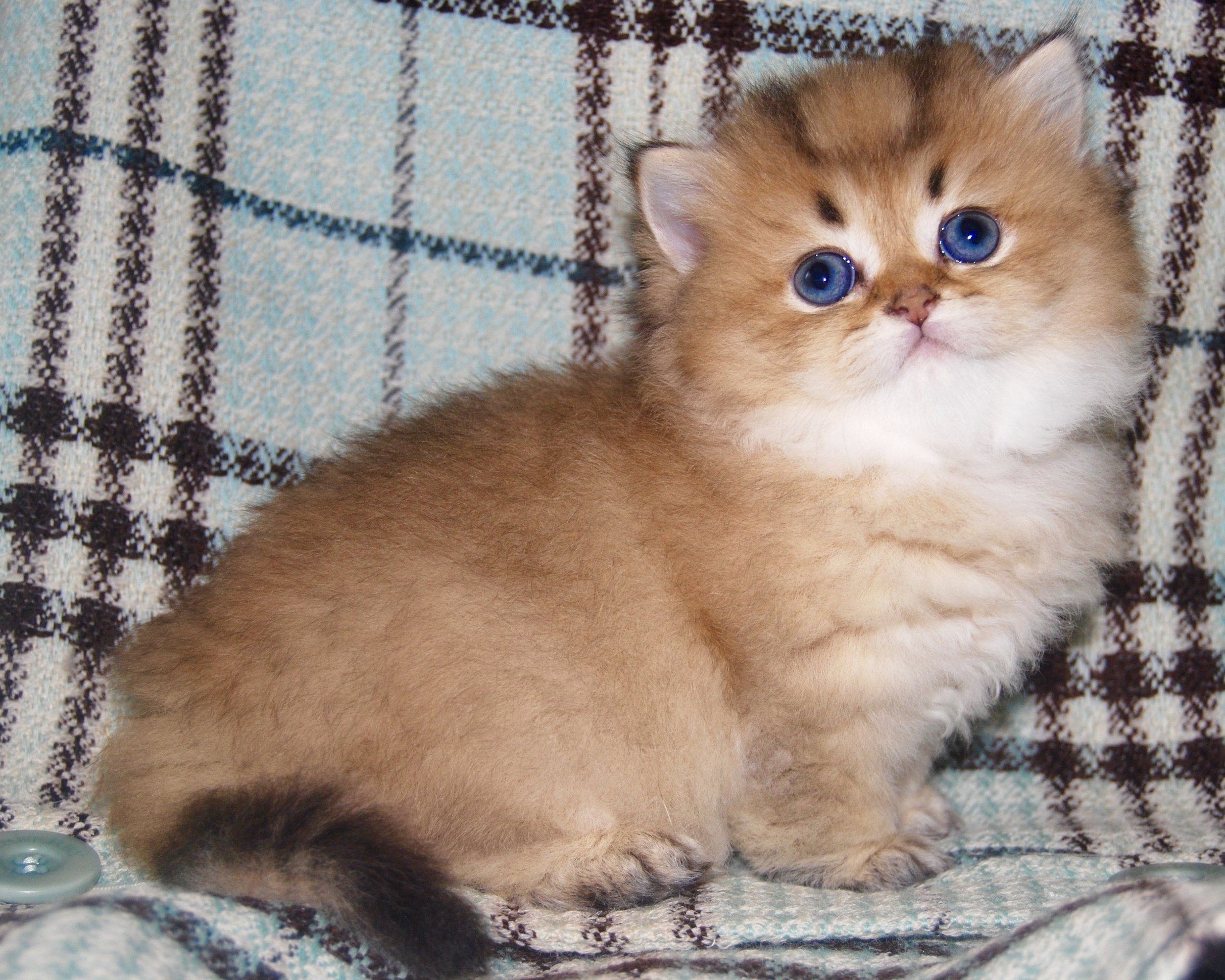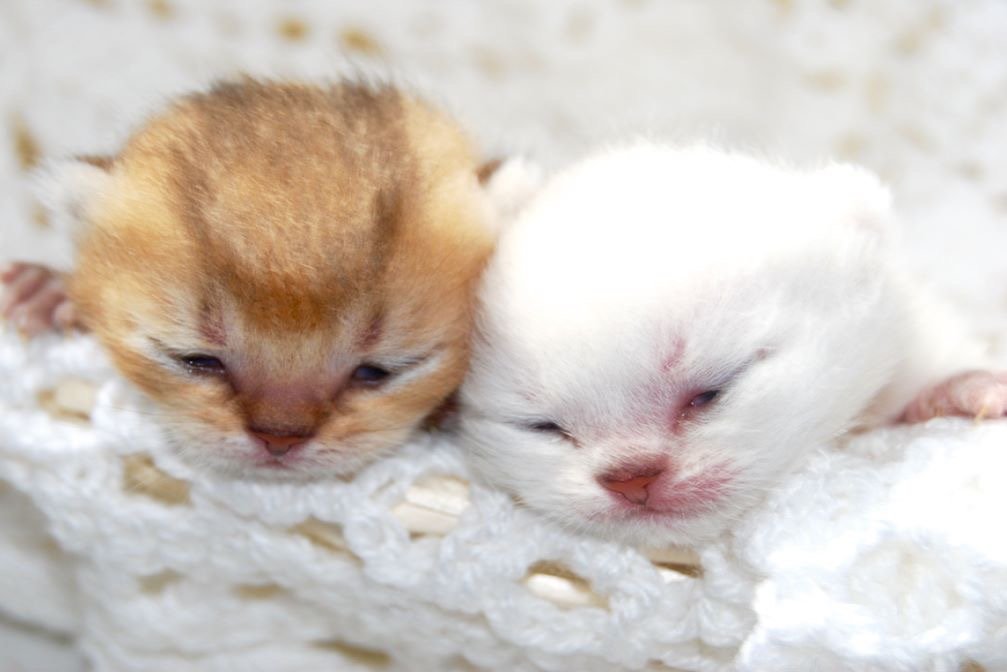Sterilising Kittens
Why we offer to sterilise our Pet Kittens
Apart from the prevention of unwanted kittens sterilising, by neutering males or spaying females, ensures the long term well being of your cat.
We offer sterilisation to all our kittens going to pet homes as this ensures that they don’t begin to spray in their new home. Under Scottish Law, kittens need to be over 16 weeks old and weigh over 2Kg before they can be sterilised. The vets asses the kitten around 14 weeks and at 16 weeks providing the kitten is 2kg, and in males that their plums have dropped (it’s generally not possible to before this age). The vets will propose the operation date, according to their schedule. This date may change, if they have an emergency on that day.
A sterilised cat has the benefit of reducing stress on their bodies as they don’t have any huge surge of hormonal activity in their adolescent months and ensures their long-term well being.
Sterlisiation prevents inflammation of the uterus (metritis), uterine infection (pyometra), ovarian cysts and tumours of the reproductive system in both male and female cats.
Cats, if they are not sterilised, will experience a hormonal surge and instinctively want to escape outside, mark their territory and find their mate. This activity makes them spray and mark their territory around the house, your bed or chair and not in a litter tray. It also makes them vulnerable to road traffic if they escape outside, to picking up diseases and feline viruses that can be fatal, like FELV & FIV (feline Leukaemia or Feline immunodeficiency virus/feline AIDS).
About The Female Cat Hormonal Cycle
Female cats reach maturity as early as four months and when they reach maturity they will naturally want to engage with a male cat. She will increase in vocalisation and ‘call’ out by raising loud and ear-piercing sound all hours of the day and night, without mercy, while trying to attract a male. However some don’t display this trait, these are called ‘silent callers’. Then she will continue on her discourse of calling for a mate for the next two weeks, with an increase in licking of her genitalia as it pinks up and swells. She may also spray her territory with strong musky urine. Neighbours might not take kindly to these sounds, which occur two weeks on while she is in ‘heat’ with a few days to ten days of respite before the cycle starts all over again
Being in heat continually, without pregnancy, can become strenuous on the female cat, she can have a phantom pregnancy, displaying all the signs of a pregnancy but without the kittens or she can lose a lot of weight and her general condition will deteriorate. Her coat can thin out with facial hair loss in front of her ears and also on the ears.
About the Male Cat Hormonal Cycle
Male cats can take longer to mature, but when they do figure it out there is no stopping them. They are ready willing and very keen to call out to prospective girls in the vicinity, continually spray marking their territory as they generally turn into testosterone machines. What is otherwise known as being ‘In Rut’ – their fur becomes smelly, greasy and they can develop what’s called a ‘stud tail’ which is where large particles of smelly grease build up along their back and base of their tail.
Over time their general condition not too dissimilar to the female cat can become poor, quite often they are off their food so they also thin out and can look a bit dishevelled.


